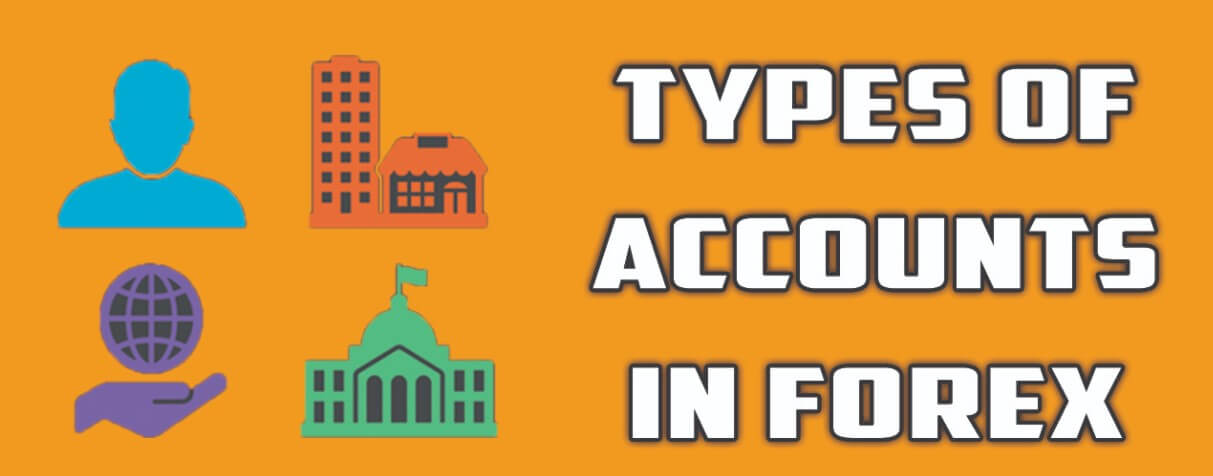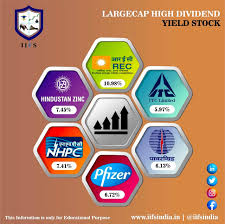
Before you learn to read forex chart, you have to understand the concept behind them. Forex charts represent the exchange rate between two currencies. They indicate the open and close prices. You can use this information to help you choose when to buy or to sell currencies. You can find this information on a forex chart. But before you start to learn how to read forex charts, there are many things you must know. Each will be discussed in turn in this article.
Candlestick chart
The Candlestick chart is one of the biggest mistakes forex traders make when reading charts. Candlestick patterns have an explanation. If the bullish bars are visible, buyers are in control. Thus, the price is likely will move higher. A small bearish signal means that the opposite is true. This is because a bullish indicator means that sellers are in control. A bearish indicator, on the contrary, indicates that sellers are trying lower the price.

Line chart
A line forex charts presents the same data and information as a candlestick, except that the lines connect different close prices. These charts show a simplified view of price movement but do not offer the same detail as candlestick graphs. While a line chart may not show the exact time when prices increased or decreased, it is helpful to be able to read them. Here are some tips:
Point-and–figure Chart
To draw a Point-and-Figure forex chart, you must first select the time frame and box size for your data. If a price changes by more than 100 pips, you can choose to plot X and O. The time frame can also be based on a day's high or low. There are many types Point-and-Figure charts. Here are some of most common types.
SMA
SMAs, or moving averages (SMAs), are indicators that smoothen out daily price fluctuations. They are often used to confirm trends. A rising SMA is indicative of an uptrend and a falling SMA indicates a downtrend. Analysts can also tie the trend to the close price. A price that is close to the SMA can be interpreted as a bearish signal. The SMA's length is an individual decision that depends on trading style and timeframe.

Bollinger bands
If you're wondering how to read Bollinger bands on your forex charts, then you've come to the right place. This indicator offers traders unique insights into volatility, price, and other indicators. This indicator can be used for trend-following or determining an entry/exit point to trade. You should be cautious with it as it can lead to confusion. This simple method will help you to understand Bollinger Bands on Forex charts.
FAQ
What is a "bond"?
A bond agreement is a contract between two parties that allows money to be transferred for goods or services. It is also known to be a contract.
A bond is usually written on paper and signed by both parties. This document includes details like the date, amount due, interest rate, and so on.
A bond is used to cover risks, such as when a business goes bust or someone makes a mistake.
Bonds can often be combined with other loans such as mortgages. This means the borrower must repay the loan as well as any interest.
Bonds can also be used to raise funds for large projects such as building roads, bridges and hospitals.
It becomes due once a bond matures. This means that the bond's owner will be paid the principal and any interest.
Lenders are responsible for paying back any unpaid bonds.
How are securities traded
Stock market: Investors buy shares of companies to make money. Shares are issued by companies to raise capital and sold to investors. Investors then resell these shares to the company when they want to gain from the company's assets.
Supply and Demand determine the price at which stocks trade in open market. If there are fewer buyers than vendors, the price will rise. However, if sellers are more numerous than buyers, the prices will drop.
There are two ways to trade stocks.
-
Directly from company
-
Through a broker
How do I choose a good investment company?
You should look for one that offers competitive fees, high-quality management, and a diversified portfolio. The type of security that is held in your account usually determines the fee. Some companies have no charges for holding cash. Others charge a flat fee each year, regardless how much you deposit. Others charge a percentage based on your total assets.
It is also important to find out their performance history. Poor track records may mean that a company is not suitable for you. You want to avoid companies with low net asset value (NAV) and those with very volatile NAVs.
You should also check their investment philosophy. An investment company should be willing to take risks in order to achieve higher returns. They may not be able meet your expectations if they refuse to take risks.
Statistics
- "If all of your money's in one stock, you could potentially lose 50% of it overnight," Moore says. (nerdwallet.com)
- The S&P 500 has grown about 10.5% per year since its establishment in the 1920s. (investopedia.com)
- For instance, an individual or entity that owns 100,000 shares of a company with one million outstanding shares would have a 10% ownership stake. (investopedia.com)
- US resident who opens a new IBKR Pro individual or joint account receives a 0.25% rate reduction on margin loans. (nerdwallet.com)
External Links
How To
How to open a trading account
It is important to open a brokerage accounts. There are many brokers that provide different services. There are some that charge fees, while others don't. Etrade, TD Ameritrade Fidelity Schwab Scottrade Interactive Brokers are some of the most popular brokerages.
Once you have opened your account, it is time to decide what type of account you want. These are the options you should choose:
-
Individual Retirement Accounts (IRAs)
-
Roth Individual Retirement Accounts
-
401(k)s
-
403(b)s
-
SIMPLE IRAs
-
SEP IRAs
-
SIMPLE 401K
Each option has its own benefits. IRA accounts offer tax advantages, but they require more paperwork than the other options. Roth IRAs give investors the ability to deduct contributions from taxable income, but they cannot be used for withdrawals. SIMPLE IRAs are similar to SEP IRAs except that they can be funded with matching funds from employers. SIMPLE IRAs can be set up in minutes. Employers can contribute pre-tax dollars to SIMPLE IRAs and they will match the contributions.
The final step is to decide how much money you wish to invest. This is known as your initial deposit. You will be offered a range of deposits, depending on how much you are willing to earn. For example, you may be offered $5,000-$10,000 depending on your desired rate of return. This range includes a conservative approach and a risky one.
After deciding on the type of account you want, you need to decide how much money you want to be invested. Each broker has minimum amounts that you must invest. These minimum amounts vary from broker-to-broker, so be sure to verify with each broker.
After deciding the type of account and the amount of money you want to invest, you must select a broker. Before choosing a broker, you should consider these factors:
-
Fees – Make sure the fee structure is clear and affordable. Many brokers will try to hide fees by offering free trades or rebates. However, some brokers raise their fees after you place your first order. Don't fall for brokers that try to make you pay more fees.
-
Customer service - Find customer service representatives who have a good knowledge of their products and are able to quickly answer any questions.
-
Security - Choose a broker that provides security features such as multi-signature technology and two-factor authentication.
-
Mobile apps – Check to see if the broker provides mobile apps that enable you to access your portfolio wherever you are using your smartphone.
-
Social media presence: Find out if the broker has a social media presence. It may be time to move on if they don’t.
-
Technology - Does the broker use cutting-edge technology? Is it easy to use the trading platform? Is there any difficulty using the trading platform?
Once you have selected a broker to work with, you need an account. Some brokers offer free trials. Others charge a small amount to get started. After signing up, you'll need to confirm your email address, phone number, and password. Then, you'll be asked to provide personal information such as your name, date of birth, and social security number. You will then need to prove your identity.
After your verification, you will receive emails from the new brokerage firm. These emails will contain important information about the account. It is crucial that you read them carefully. For instance, you'll learn which assets you can buy and sell, the types of transactions available, and the fees associated. Be sure to keep track any special promotions that your broker sends. You might be eligible for contests, referral bonuses, or even free trades.
The next step is to open an online account. An online account can be opened through TradeStation or Interactive Brokers. Both of these websites are great for beginners. To open an account, you will typically need to give your full name and address. You may also need to include your phone number, email address, and telephone number. Once you have submitted all the information, you will be issued an activation key. Use this code to log onto your account and complete the process.
Once you have opened a new account, you are ready to start investing.